This component could profoundly change robots and other machines in the future
Pictured above, in exploded view, is a machinery component called the “LiveDrive”. It’s covered by a variety of patents and has been described as “revolutionary” because it could – believe it or not – change the world.
First unveiled about three years ago, the LiveDrive is a completely new type of direct-drive motor which can provide robots with more power without using as much electricity, lubrication or space – significant savings in each of those areas and perhaps others. Direct-drive motors do not use gearboxes, but to date, their limited torque means that they have only been suitable for a limited range of applications.
In overly simplistic terms, the LiveDrive is to robots what engines are to cars – it enables machines to move. And critically, it has far greater torque, according to its makers; and can generate this without the need for traditional gears, which have teeth that require lubrication, make a lot of noise, and wear out eventually. LiveDrive uses a patented combination and composition of magnets to achieve what traditional drives and motors achieve by using gears and other mechanisms.
The Canadian company behind the LiveDrive formally unveiled its invention at Hannover Messe more than three years ago, and we interviewed the inventor James Klassen and company president Michael Gibney at that time.
Now called Genesis Robotics and Motion Technologies, and backed by giant conglomerate Koch, the startup has been looking for established industrial machine builders to work with – people it can have confidence in to fulfill what it sees as the enormous potential of the LiveDrive. For while it believes in its technology, its application is yet to be proven in the real world and will require innovative engineering to bring it to market.
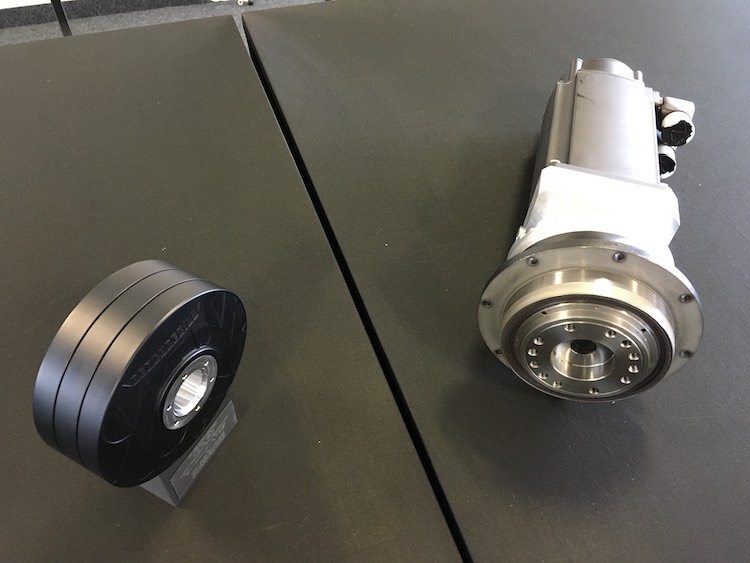
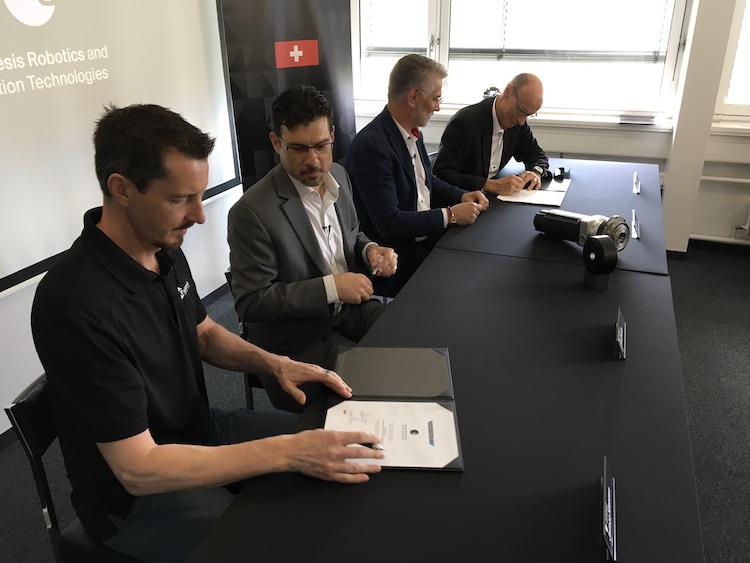
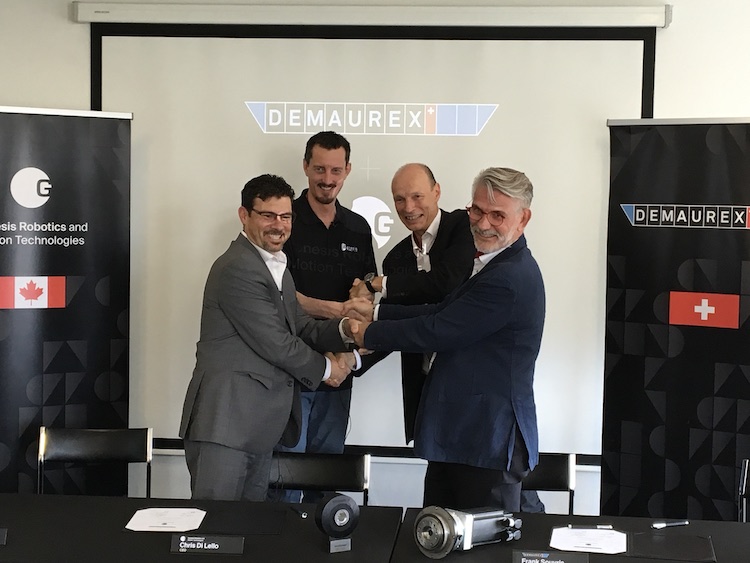
Last week, Genesis announced its first licensing or partnership agreement, reached with a Swiss company called Demaurex, and invited Robotics and Automation News to be there, and above are a couple of pictures of what we saw at the press conference.
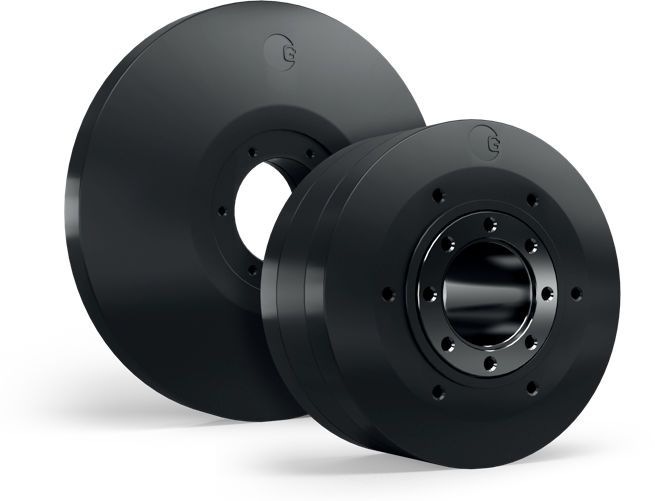
One pioneer to another
Although neither company would divulge any financial details of the agreement, what is clear is that Demaurex’s experience in developing entirely new types of robotic machines was a big factor in Genesis’ choice of partner.
Demaurex was the first to launch delta robots into the market in 1998, and held a variety of patents in connection with the machines until 2007.
Demaurex currently builds robotic work cells which are mainly used in the food packaging industry. A typical cell currently contains three delta robots, but with LiveDrive technology, this number may be increased to six – because of the space-saving and other operational advantages.
But many technical and engineering challenges lie ahead for the two teams – the main team from Demaurex, who will be building the new robots, and the support team from Genesis.
Frank Souyris, general manager of Demaurex, says the main challenge is the control aspect, which involves the programmable logic controller, or PLC – the special type of computer used for controlling robotics and automated machinery.
Demaurex may or may not use Genesis’ prototype delta robot as its starting point, but it’s unlikely that the prototype will contain enough detailed engineering information to make a production robot, and certainly it will not have been field-tested.
However, it’s a foundation on which the two companies can build.

One small step to world domination
If Demaurex and Genesis are able to pull this off, the resulting robot or machine could have a massive impact on the global robotics landscape.
Having already changed the landscape once with delta robots, Demaurex could perhaps be said to have experience of changing the world, but this time, any successful innovation could have far wider implications.
The reason for this is that the Genesis LiveDrive is a component that could be used in more machines than just delta robots and other industrial robotic arms – it could be used in cars, exoskeletons, and practically any machine that involves movement.
Genesis has shown a variety of proof-of-concept models, including:
- multi-axis robotic arms;
- scara robots;
- exoskeletons; and of course
- delta robots.
The changes that LiveDrive may bring about could be quite profound. Imagine not needing lubrication. Until now, robots and cars have always required lubrication for their smooth operation. So much so that actually not requiring lubrication seems unimaginable.
Genesis makes many other claims for LiveDrive, including that it can deliver more power with the same electricity input, which would obviously make it more environmentally friendly, not to mention cheaper to run.
But until someone like Demaurex proves LiveDrive’s application in the real world, these are just claims for now.
However, the fact that Demaurex has decided to enter into a partnership to try and develop machines based on the LiveDrive would seem to confirm the validity of the claims.
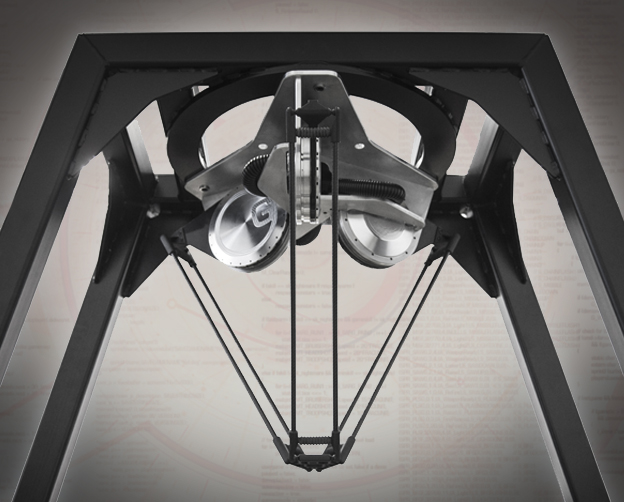
Achieving alpha with delta
If it’s true that the LiveDrive is indeed groundbreaking technology that will do away with gearboxes and lubrication and provide more power with less electricity, it would be understandable that the biggest companies in the world would be interested in it.
Genesis has admitted that it has received significant interest from a variety of other machine builders – many of which have a global presence and are household names. But at this early stage, the company is unwilling to name them.
Chris Di Lello, CEO / VP manufacturing, Genesis, says the company will announce them in due course. “We’ve been investing a lot of time, effort and money in developing these fantastic technologies,” he says.
“The agreement with Demaurex is a great step forward in commercialising these technologies into something that will be realised.
“In order to do that, we needed to partner with very special, very experienced people – and that is Demaurex. They are the pioneers of delta robots, we are the pioneers of LiveDrive.
“We could not have imagined a better partner.”
Genesis has been very careful over the past few years in its development of partnerships. Perhaps the most crucial development has been the acquisition of a controlling share by the Koch company.
It is probably this foundation that is now enabling it to finally sign agreements with companies such as Demaurex.
Markus Kaufmann, CEO of Rotzinger Group / Demaurex, says the company previously packaged biscuits, chocolates, and similar products. “Now, with robotics, we are able to handle more chaotic patterns with complementary technologies. We have different technology but we have a great idea of how we can mix the different technologies.
“This new technology represents a good opportunity for us, and we have a good partnership with Genesis Robotics.”
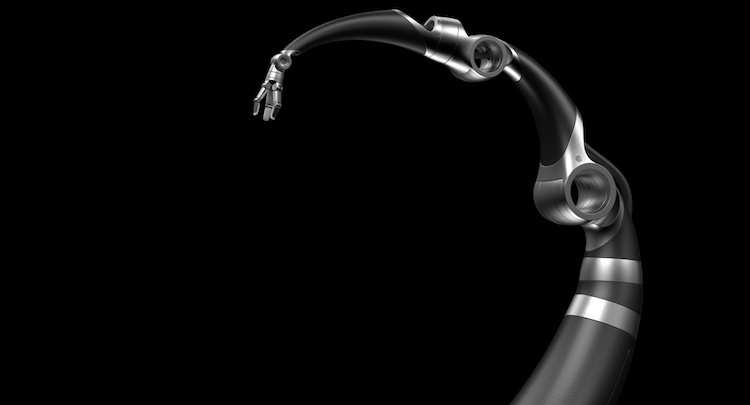
Tech knowledge
For Souyris, Demaurex’s general manager and one of the key people who brought the original delta robot to the market, working with the LiveDrive presents an interesting technical and engineering challenge.
“I was here at the beginning of the development of delta robots, both technically and professionally,” says Souyris. “The initial idea was developed in partnership with a chocolate factory.
“We continued developing the delta robot and acquired a variety of patents relating to it.
“But there has been no significant breakthroughs in robotics for a long time. But just looking at the Genesis LiveDrive, you can see what the difference is – it speaks for itself.
“In terms of footprint, in terms of capacity and of integrating more robots in a smaller space, you can see what the interest is – it’s going to be a big leap. I’m looking forward to it.”
The work that Souyris and his team will do in building machines around LiveDrive technology is likely to have much wider applications across other sectors, as indicated earlier in this article.
Klassen, the inventor of LiveDrive, is obviously more aware than anyone else about how the new motor could change machines as we know them.
He says: “The industry has known for decades that a direct-drive motor is the goal, and many companies have tried. But they found out that a traditional or conventional direct-drive motor doesn’t meet the performance threshold that’s necessary to get rid of the gearbox.
“So, the LiveDrive has three times the torque of a typical direct-drive motor, and this gets us to the critical threshold where you can now get rid of the gearbox and take advantage of all the benefits of a direct-drive motor.
“The LiveDrive enables the elimination of the gearbox, which allows higher speed for higher productivity; it allows for greater reliability because you’ve got a more simplified system; the form factor is much smaller, as you can see, so you can have a higher robot density, which means more robots in a smaller area for higher productivity; and then by eliminating the gearbox, we eliminate the need for lubricating the gearbox.
“The industry has known that that is ultimately the goal, and the Genesis team has had the privilege to work on this new technology and bring it to the point where our new partners, who we are extremely excited to work with, can now take that one small piece of the system and turn it into a much more higher-productivity robot with much higher reliability and the elimination of the gearbox.”

